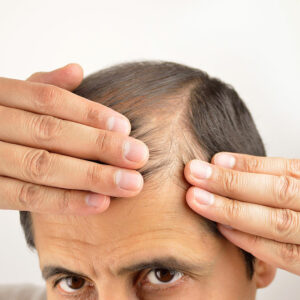
health
8 telltale signs of amyotrophic lateral sclerosis
Amyotrophic lateral sclerosis (ALS), alternatively known as Lou Gehrig’s disease, is a severe neurodegenerative condition that affects the motor neurons in a person’s brain and spinal cord. While there is no cure for ALS, early diagnosis and intervention can significantly improve one’s quality of life and prognosis. Recognizing the warning signs of ALS is crucial for timely treatment. Keep reading to know the eight signs and symptoms associated with amyotrophic lateral sclerosis. Muscle weakness- One of the primary indicators of ALS is muscle weakness. As the disease progresses, those with ALS may notice a gradual loss of strength and coordination in their limbs. This weakness typically starts in the extremities, such as the hands and feet, and gradually spreads to other muscle groups. Everyday tasks like holding objects, walking, or even speaking may become increasingly difficult. Muscle twitching and cramping- Muscle twitching, also known as fasciculations, is a common early symptom of ALS. These involuntary muscle contractions can occur in various body parts, such as the arms, legs, or tongue. Although muscle twitches are common and usually harmless, persistent and widespread twitching, especially when combined with other symptoms, should be checked by a health expert. Difficulty in speaking and swallowing- As the condition progresses, it can affect the muscles responsible for speech and swallowing.
Read More 









